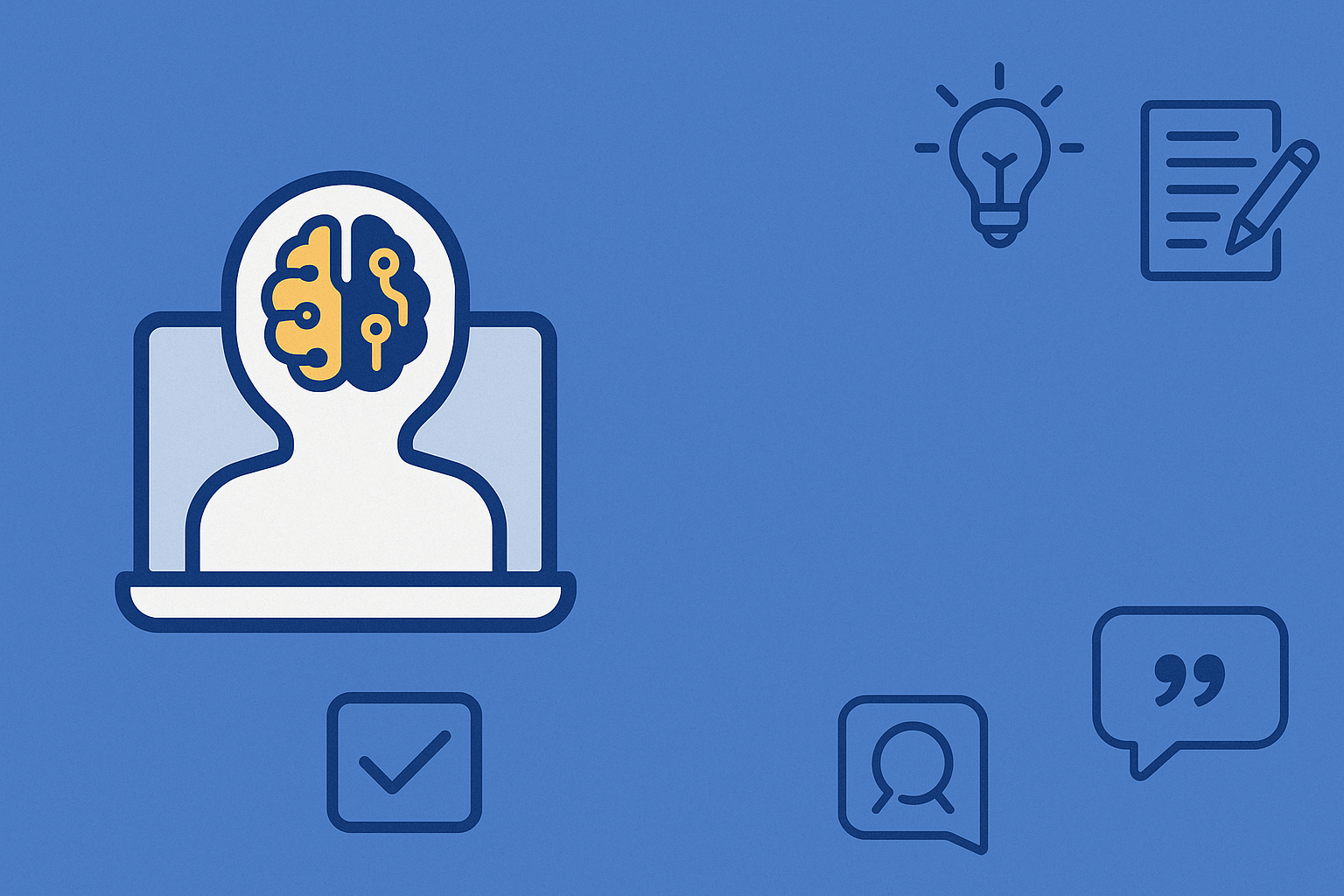Online courses have become increasingly popular over the years, offering learners the opportunity to study at their own pace and convenience. With the advancement of Artificial Intelligence (AI), using AI for online learning has become much easier and more effective.
In this blog post, we will explain how to use AI to create your course.

1. Identify the Learning Objectives
Before creating any online course, it is important to identify the learning objectives. What do you want your learners to achieve? What skills do you want them to develop? Once you have identified the learning objectives, you can begin to consider the content that will help learners achieve those objectives.
2. Use AI for Content Creation
You can use AI to generate content for your online course. For example, you can use natural language processing (NLP) algorithms to create summaries of existing content or to generate new content based on keywords or concepts. You can also use machine learning to create quizzes and assessments tailored to each learner’s abilities.
Tools to try
Descript – turn transcripts or recordings into course content
Pictory – turn written content into short, engaging videos
CopyCreator – ditch writer’s block with quickly-generated content ideas
3. Use AI for Personalized Learning
Personalized learning is one of the most effective ways to engage learners and demonstrates the power of AI for online learning when it adapts to each learner’s needs. You can use AI to create personalized learning paths based on each learner’s interests, abilities, and learning style. For example, you can use machine learning algorithms to analyze learners’ performance and suggest content that will help them enhance their understanding of a particular topic.
Tool to try
Thinkific with AI integrations – adjust learning paths based on progress
4. Use AI for Assessment
Assessment is an important component of any online course. Incorporate AI to create assessments tailored to each learner’s abilities. For example, you can use machine learning algorithms to analyze learners’ performance on quizzes and assessments and suggest content that will help them improve their understanding of a particular topic.
Tool to try
Fillout – create quizzes, forms, surveys or embed them in your course
5. Use AI for Feedback
Feedback is essential for learners to enhance their understanding of a particular topic. You can use AI to provide personalized feedback to learners based on their performance. For example, you can use machine learning algorithms to analyze learners’ performance on quizzes and assessments and provide feedback tailored to each learner’s abilities.
6. Use AI for Chatbots
Chatbots are an effective way to provide learners with personalized support and guidance. AI can be used to create chatbots that can answer learners’ questions, provide feedback, and offer personalized support. For example, you can use natural language processing (NLP) algorithms to create chatbots that can understand learners’ questions and provide accurate answers.
Final Thoughts
In conclusion, using AI for online learning helps you design courses that are engaging, data-driven, and tailored to your learners’ success. By using AI for content creation, personalized learning, assessment, feedback, and chatbots, you can create online courses that meet the needs of your learners and help them achieve their learning objectives.
Have you used AI for online learning? Share your experience below.

Great summary. AI is truly transforming online learning by making it more interactive and personalized. I’ve started using AI tools for content creation and feedback, and it’s amazing how much time they save while improving engagement. I am excited to see how AI continues to shape the future of education.
Agnes, AI is a game-changer once we use it correctly. I have seen how much time I have saved too and I enjoy helping others experience it.
Thank you for sharing. It is pretty impressive (and a little bit scary) what AI can do.
Claudia, I hear you! And new AI tools are created so quickly! But once we understand what will help us in our businesses, the next step is education before execution.